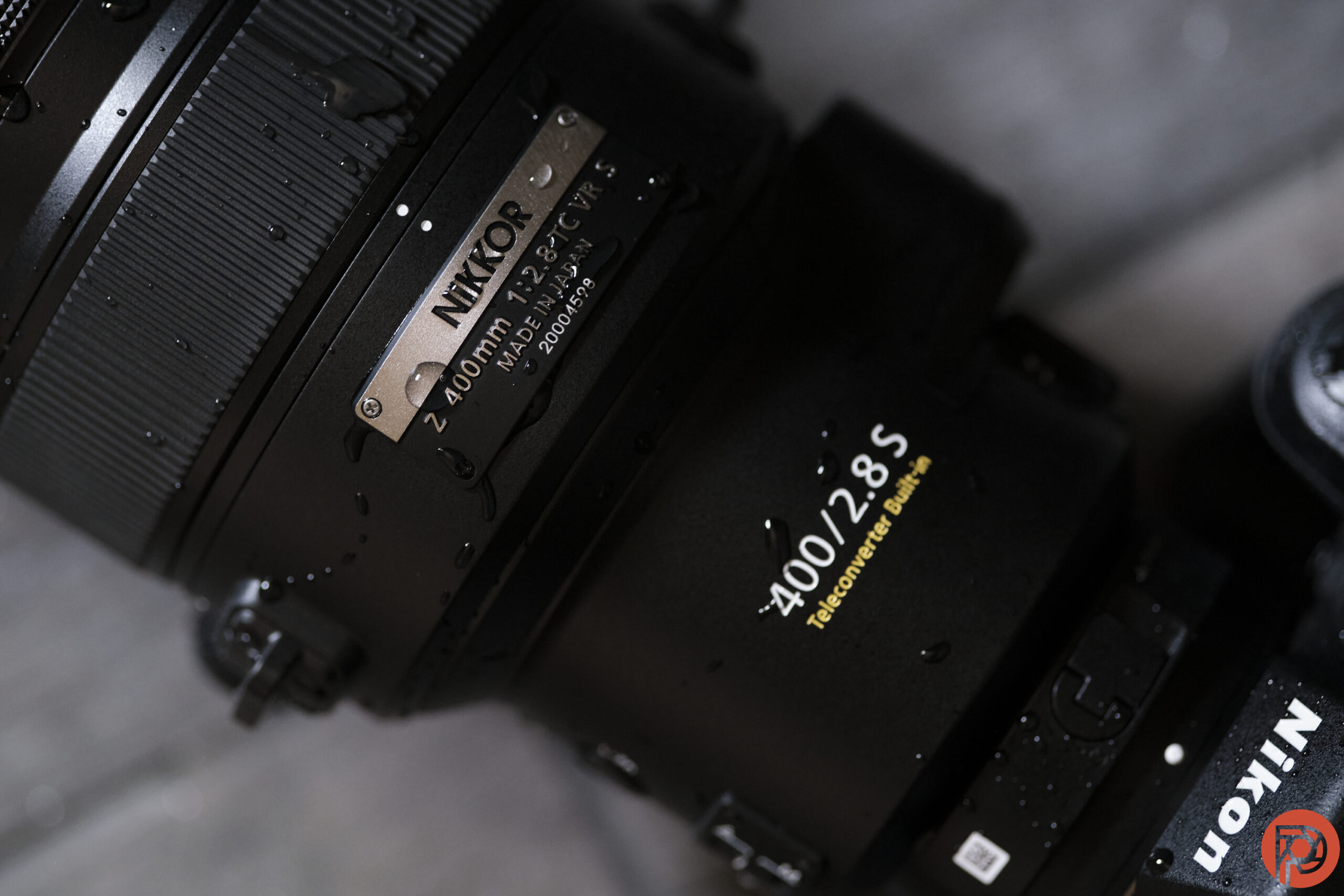Nikon decided to do something a little different when launching its bright super-telephoto 400mm for mirrorless — a built-in teleconverter. While teleconverters can be added to any compatible lenses, the process of taking it on and off is time-consuming. With the Nikon Z 400mm f2.8 TC VR S, photographers can switch from 400mm to 560mm in milliseconds, without dismounting the lens to remove the teleconverter. That’s an important distinction for a lens designed for fast subjects like wildlife and sports, when removing the teleconverter could mean the moment is gone.
With and without the teleconverter, the Nikon Z 400mm TC lives up to the high standards of the S line. Of course, as a $14k lens, it should absolutely deliver outstanding image quality. While the image quality is excellent, the focus would be better described as good rather than great. And like any 400mm f2.8, it’s a heavy lens to heft for long stretches.
Table of Contents
The Big Picture
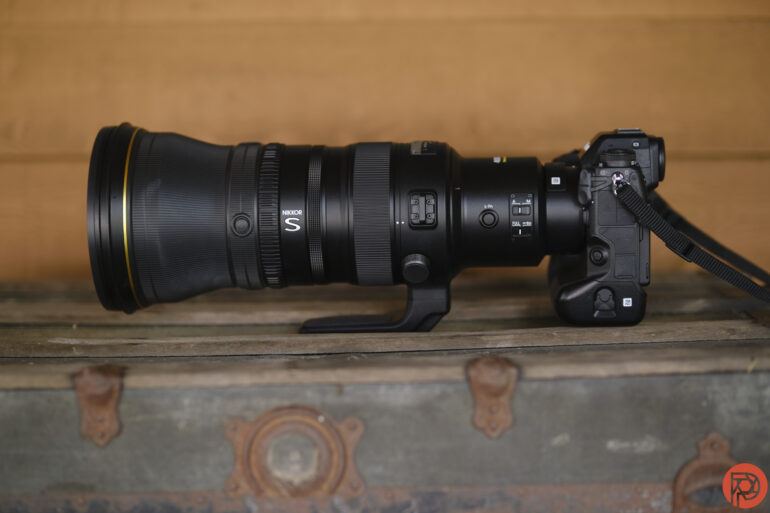
The Nikon Z 400mm f2.8 TC VR S is both a 400mm f2.8 and a 560mm f4 in one lens. That versatility will serve wildlife and sports photographers well, allowing quick swaps between focal lengths without unscrewing a teleconverter. And while the aperture drops to f4 using the teleconverter, it’s still better than the reduced aperture typically associated with most super-telephoto zooms. Photographers who have the $14k to drop on this lens will be rewarded with a rugged lens that snaps sharp, colorful photos of more distant subjects.
Is it the best 400mm that I’ve ever handled? No, Canon’s RF 400mm f2.8 delivered a bit better autofocus hit rate but without the versatility of a built-in teleconverter. Sony’s 400mm f2.8 G Master is also very good and more affordable. However, it lacks the built-in teleconverter. Outside of the good-but-not-great autofocus, the only other things to complain about is the lens’ massive weight and price, both of which are pretty typical for the category.
I’m giving the Nikon Z 400mm f2.8 TC VR S four out of five stars. Want one? They’re around $14,000.
Pros
- Versatile 400mm and 560mm in one
- Ability to switch from 1x to 1.4x in seconds, unlike adding a teleconverter to a traditional lens
- Durable and well built
- Plenty of controls
- Drop in filter slot for 42mm filters
- Great sharpness at both 400mm and 560mm
- Realistic colors
- Ability to create some nice soft lens flare
Cons
- Heavy
- Pricey
- Focus is good, but the hit rate wasn’t as great as some other 400mms that I’ve tested
Gear Used
I used the Nikon Z 400mm f2.8 TC VR S with the Nikon Z9. Both the lens and body were a short-term rental provided by LensRentals.
Innovations
Nikon is doing something a little different here — there’s a teleconverter built into this lens. While not totally unheard of, that built-in teleconverter makes this lens both a 400mm f2.8 and a 560mm f4 in one. That’s especially handy because adding zoom to this lens would make it near impossible to carry around. The teleconverter is a good compromise.
Ergonomics
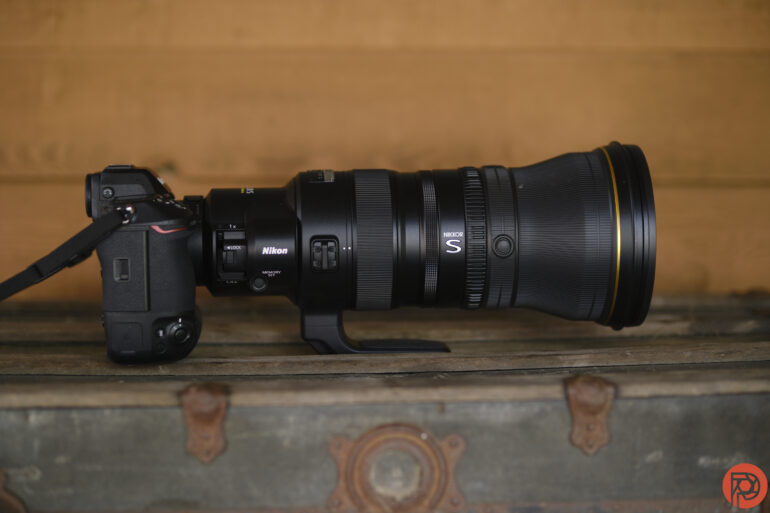
Like other wide-aperture super telephotos, the Nikon Z 400mm f2.8 TC VR S is a behemoth. I could almost wear the lens hood as a top hat. The lens weighs 6.5 pounds and sits fifteen inches long. That’s a hefty lens to carry around. With this lens, I would use a monopod on the sidelines for sports photos. It’s difficult to hike with this lens, but possible if you also invest in a really good strap. While the lens is a giant, it’s expected for the category. Both Canon and Sony’s 400mm f2.8 mirrorless lenses, which don’t have built-in teleconverters, weigh 6.4 pounds.
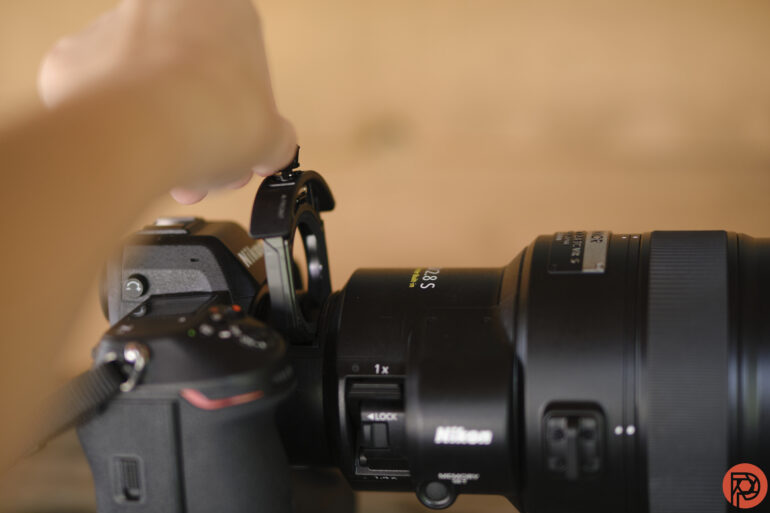
Naturally, with such a large lens, there’s plenty of real estate for controls. Closest to the mount, there’s a drop-in slot for filters, which is how a lens with a front the size of a dinner plate can accept 42mm filters.
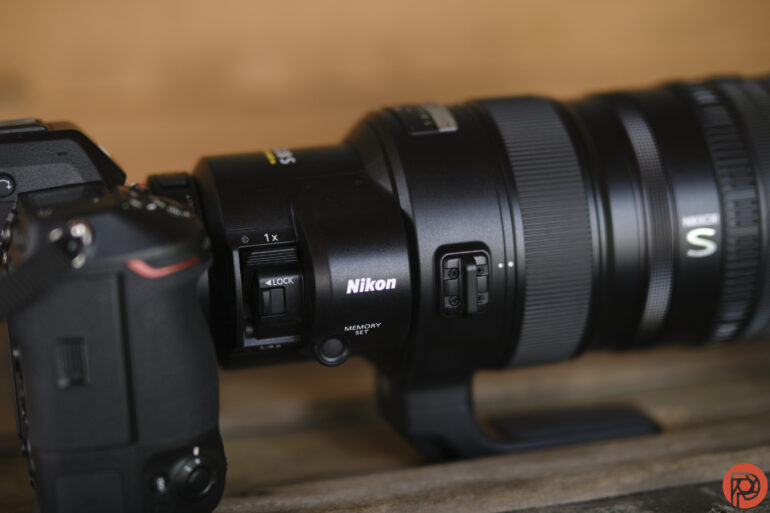
Near the camera’s grip side sits the teleconverter control — it’s a large switch. There’s a locking mechanism, but the switch seems pretty hard to accidentally bump, and there is an audible sound when it switches back and forth between 1x and 1.4x. There’s a memory set button near the TC switch. On the opposite side of the lens sits the AF-MF focus switch, a focus limiter, and a custom Fn button.
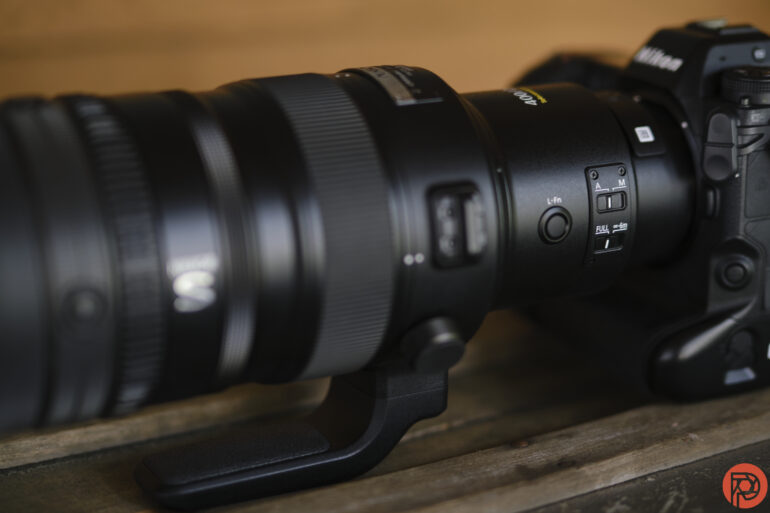
Continuing further from the mount, the lens widens a bit. The lens collar sits here. This houses two slots for adding a strap for better distributing the weight while carrying the lens. A knob allows the collar to adjust from horizontal to vertical shots. The next controls are the rings — the focus ring, a customizable ring (I like to set it to aperture), and a third ring to go back to the focus position saved using the memory set button. There are also four Fn buttons towards the front of the lens — they all do the same thing; there are just four so they are always within easy reach. The lens widens out even further from here to accommodate a good-sized hood.
Build Quality
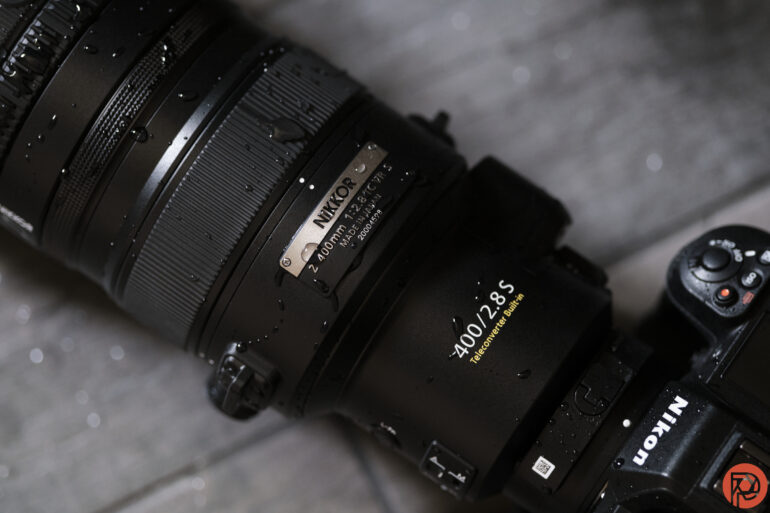
The Nikon 400mm f2.8 TC feels like a tank. It has a very sturdy feel to it, partially because of the weight and partly because of the sturdier weather-sealed plastics used in the exterior construction. The skies didn’t deliver any rain during my testing period with this lens, but I gave it a good dousing with a cup of water, and it was unscathed. I also didn’t detect sensor dust or debris during the course of my review.
Focusing
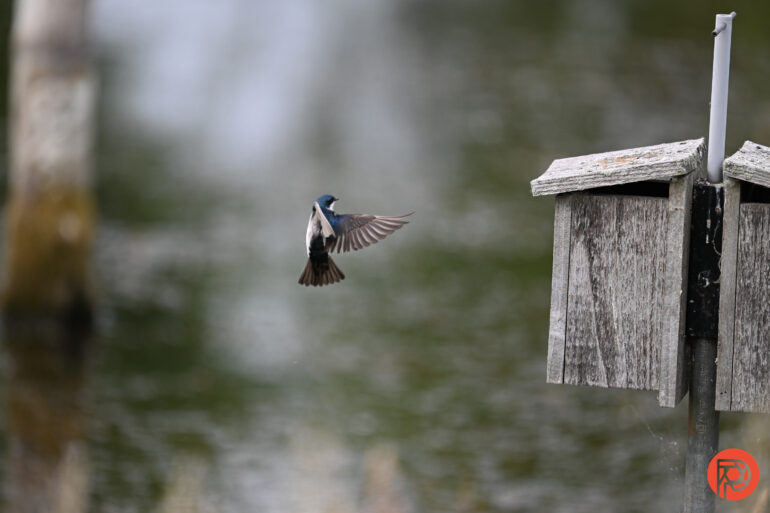
I took this lens out birding, and it did a pretty good job of keeping up with subjects moving side to side or away from the camera lens. It did occasionally drop a few frames, but it was able to pick up on some birds in flight. It had a hard time keeping up with birds flying towards me. With the fastest flyers, like Tree Swallows, it did drop the focus much of the time.
Teleconverters are notorious for affecting autofocus performance, so I tested both the 1x and 1.4x modes on the same subject, my dog running towards the camera. At 400mm, around 90 percent were still focused on some part of the dog’s face. Flipping the teleconverter on, the lens still captured plenty of usable shots, but the hit rate dropped to around 70 percent. This improved only slightly by turning the exposure preview off.

Like all super telephoto, the focus limiter switch is going to help. I found the camera-lens combo had a hard time picking birds out of branches in shadow without using the focus limiter switch or quickly focusing on the trunk of the tree and then moving over towards the bird on the branch.
Overall, however, the 400mm TC did a little better than I expected, as size and a narrow depth of field make it tougher for bright telephoto lenses to maintain focus. I do feel, however, that this is a lens that’s best paired with the Z9, as that body is better equipped to handle the challenges of focusing a bright telephoto. That said, when I tested the Canon RF 400mm f2.8 on the R3, I had more than 95 percent of the shots in focus. A large part of that could be the body, as I think the R3’s animal eye AF tended to correctly and quickly find the bird more often than the Z9.
Ease of Use
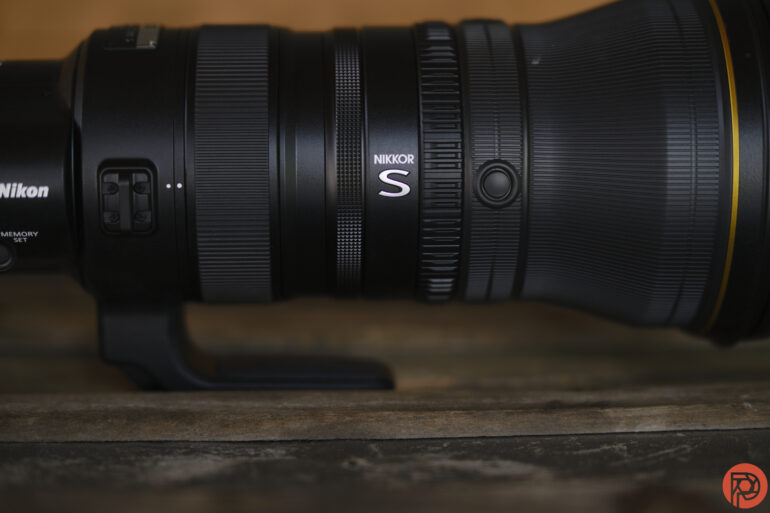
Lenses of this caliber and price point aren’t the simplest to use, but that is largely because of the sheer size. It’s a heavy lens, so hiking with the lens is going to be more challenging than a smaller lens.
Outside of the weight, however, there’s a little learning curve. If you’ve used some of Nikon’s other telephotos with memory set buttons, you’ll be able to adapt to this lens fairly quickly. Otherwise, you’ll want to familiarize yourself with the extra controls that aren’t found on Nikon’s shorter lenses.
The built-in teleconverter adds a lot of versatility to this lens. Yes, you could buy a separate teleconverter and add it to any compatible lens. But the issue with that is that you can’t turn the teleconverter on and off like on the 400mm TC. You’d have to unmount the lens, unmount the teleconverter, then put the lens back on without it. With the Nikon Z 400mm f2.8 TC, you just flip a switch and can go back and forth between 400mm and 560mm in milliseconds. It’s not quite as versatile as a zoom because you can’t shoot any of the focal lengths in between 400 and 560, but most will feel the bright f2.8 (and f4 at 560mm) is worth it.
The other element that helps make this behemoth easier to handle is image stabilization, which is rated for 5.5 stops. The lens is heavy enough that shake might come into play earlier than usual. But I didn’t have any issues with camera shake while trying out the lens. I was still able to get a sharp shot at 1/50 at 400mm, bracing my elbows. While I probably couldn’t do that after two hours of holding this lens up, camera shake will seldom be an issue as this lens is designed more for the sports and wildlife that require faster shutter speeds.
Image Quality
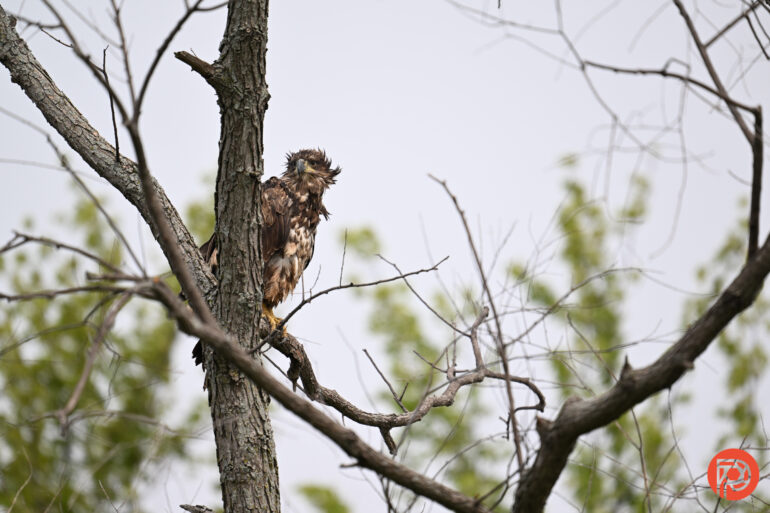
At 400mm and 560mm, the Nikon Z 400mm f2.8 TC VR S creates some beautiful background suppression. Photographs are sharp enough to see the texture on bird feathers and animal fur. There’s even some flare yet chromatic aberration is hard to find. To put it in just a few words: this lens easily lives up to the Nikon S series standards.
Bokeh
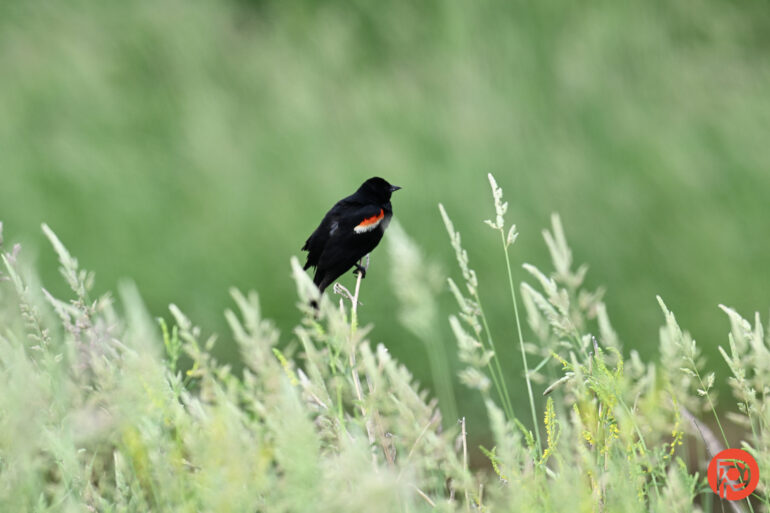
Bright super telephoto lenses are bokeh masters — and the Nikon Z 400mm f2.8 TC is no exception. The long focal length compresses the background enough to sometimes render the background into a solid color. Train this lens on a closer bird, and it stands out on a clean blurred background.


Points of light are rendered into bokeh balls with soft, clean edges. The bokeh is rounded at the center and slightly cat-eye towards the edge. While at 560mm, this lens becomes an f4, the compression makes up for the narrower aperture. The bokeh balls aren’t any less apparent at 560mm, they just look larger due to the compression of the longer focal length.
Color Rendition
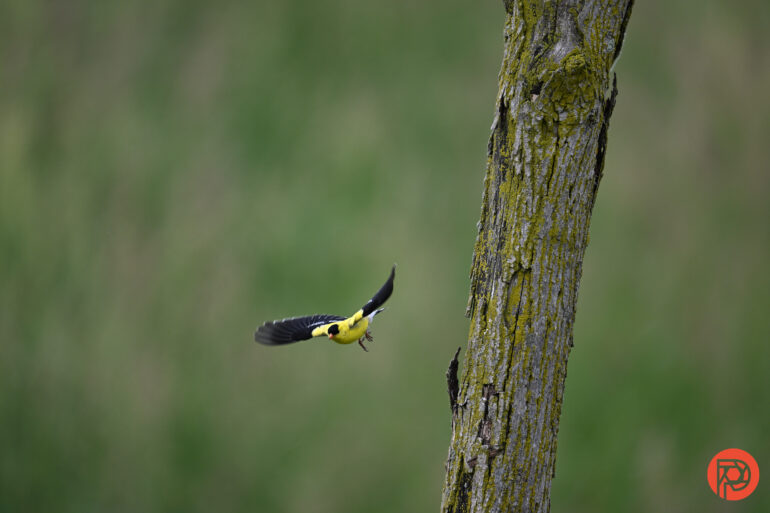
I culled a lot more JPEGs from this 400mm than I did RAW — which is typically my first indication that colors straight from the camera are pretty good. Colors coming from this lens felt true to life — a slightly warmer white balance, and I would have really loved the colors. The photos I wanted to edit were underexposed, which very quickly diminishes color on JPEGs.
Lens Character
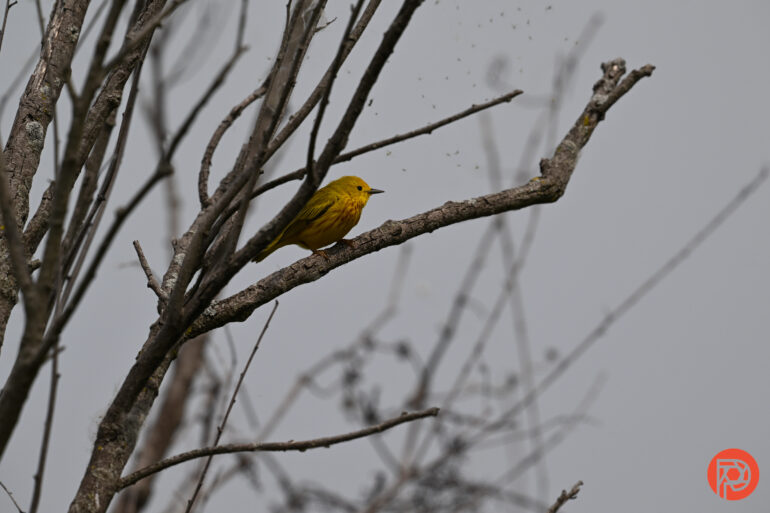
I tested this lens during a time when wildfires created air quality warnings — these hazy conditions most likely affected the flare that the lens created. However, I really loved the look when directing this lens at the sun. I could get soft blooms of light — which again could be partially from atmospheric haze — and some occasional large ghosting spots. This does, naturally, reduce the photograph’s contrast, so use the lens’ giant included hood if you’re not a fan.
Sharpness
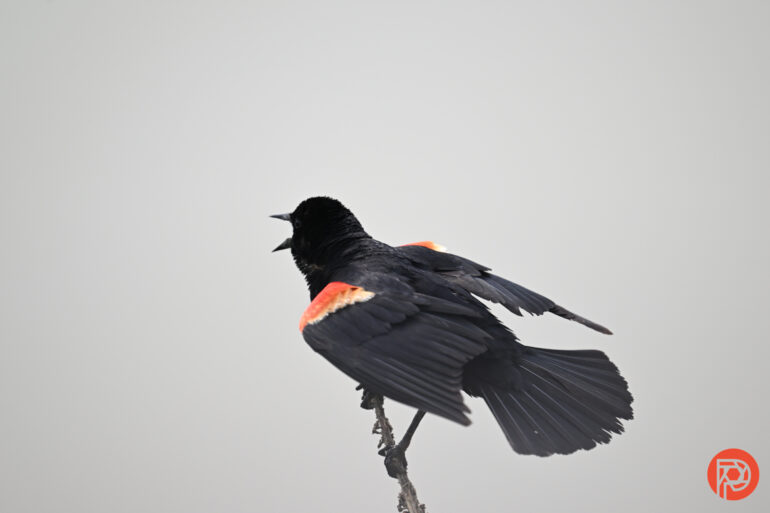
I couldn’t find anything lacking when viewing the photos at 100 percent. The lens is sharp enough to see the detail in feathers and fur. Using the built-in teleconverter didn’t seem to noticeably degrade the sharpness — and in fact, a majority of my bird photos here were taken using that 1.4x switch.
Extra Image Samples
From day one, The Phoblographer has been huge on transparency with our audience. Nothing from this review is sponsored. Further, lots of folks will post reviews and show lots of editing in the photos. The problem then becomes that anyone and everyone can do the same thing. They’re not showing what the lens can do. So we have a section in our Extra Image Samples area to show edited and unedited photos. From this, you can make a decision for yourself.
Unedited
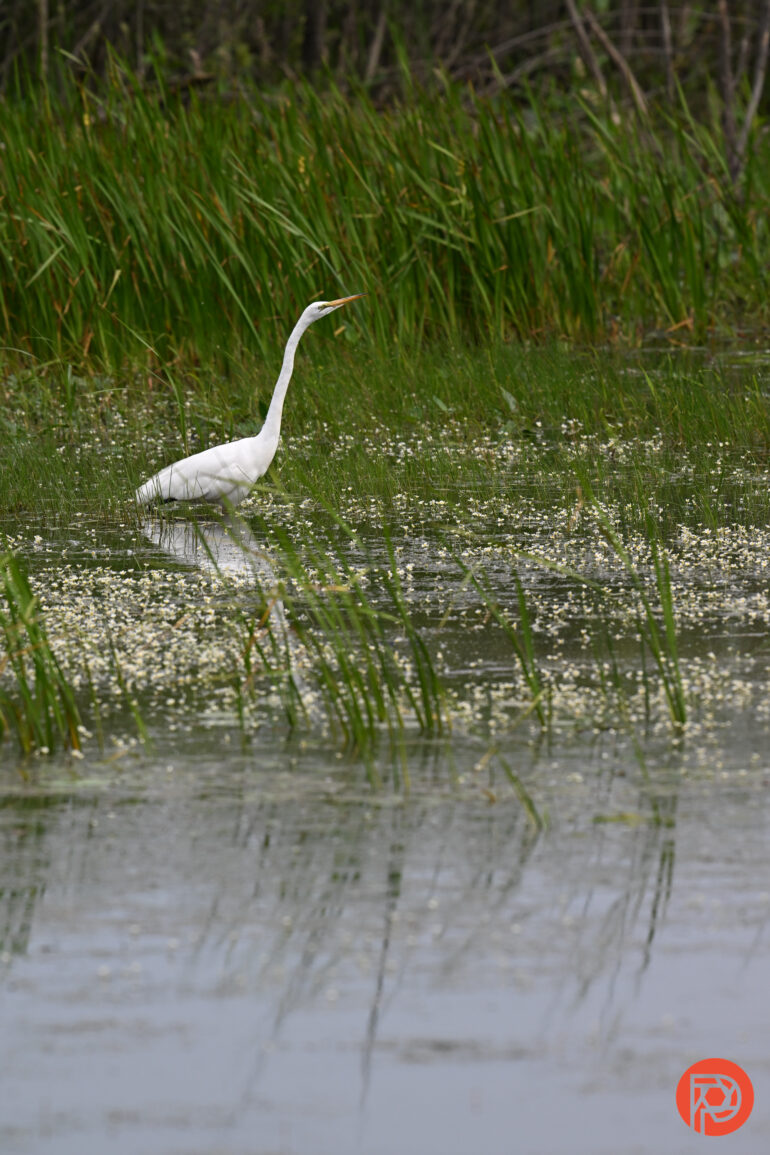
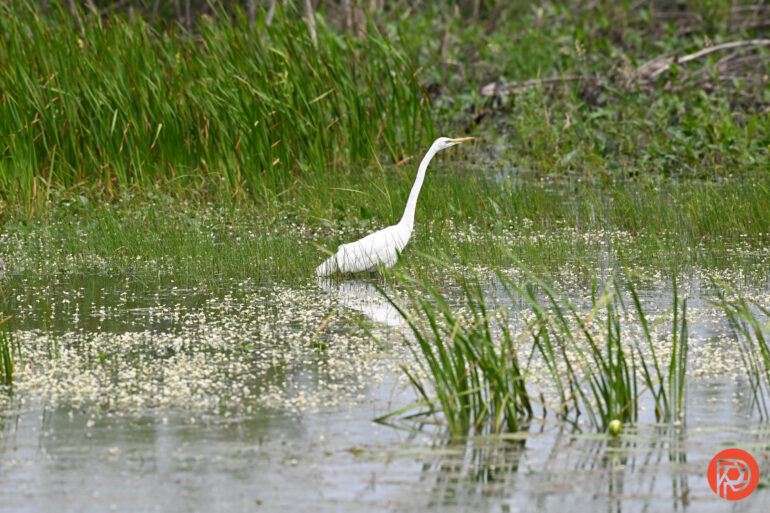
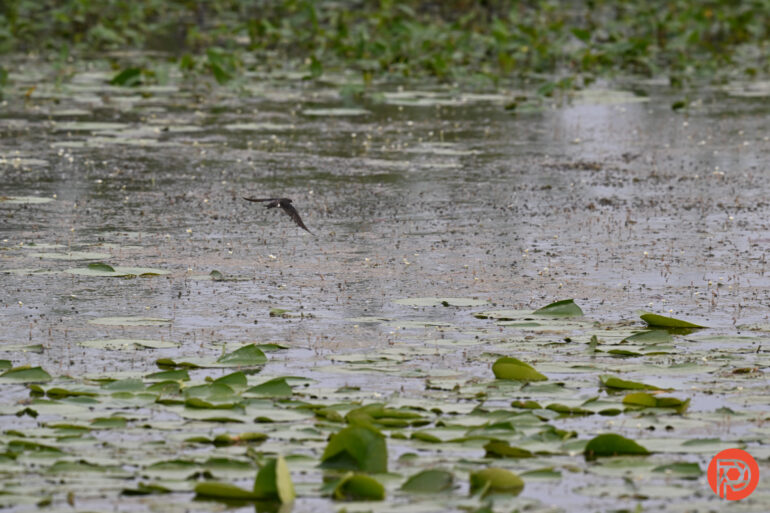



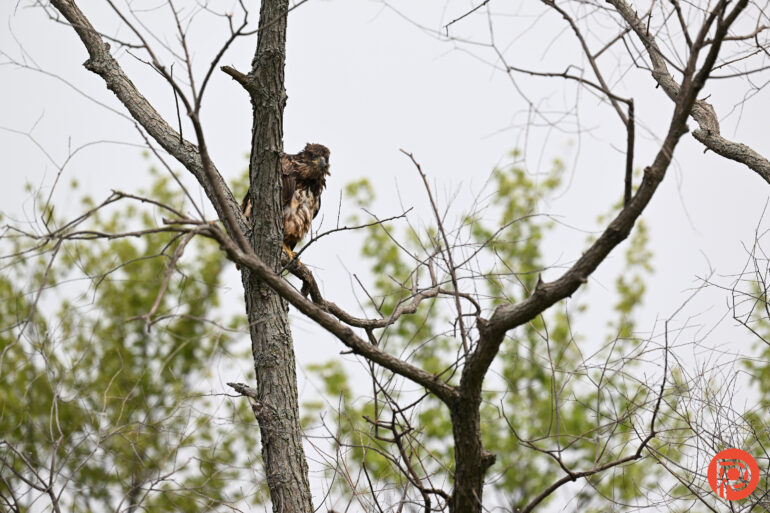

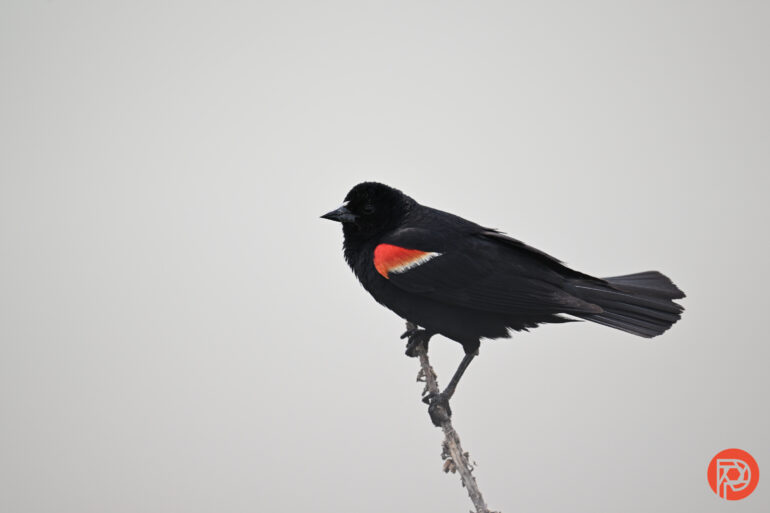
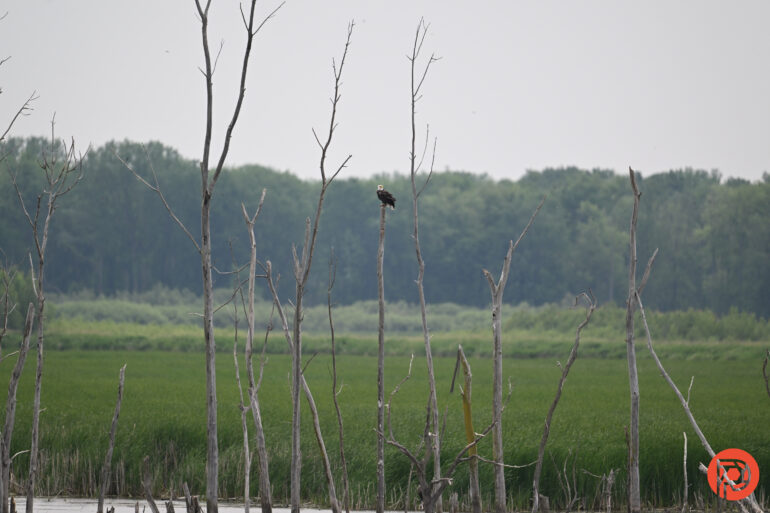
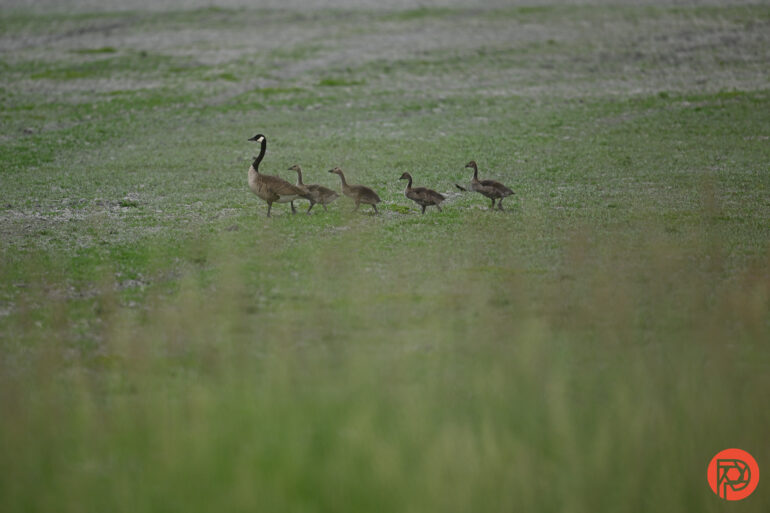
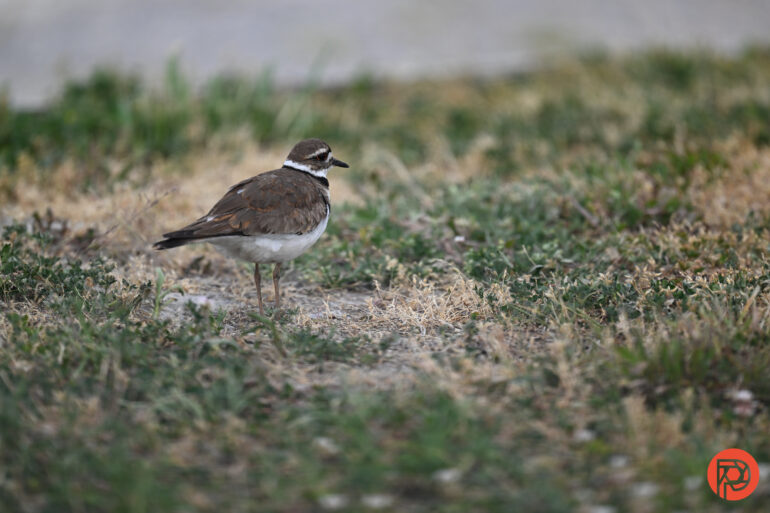
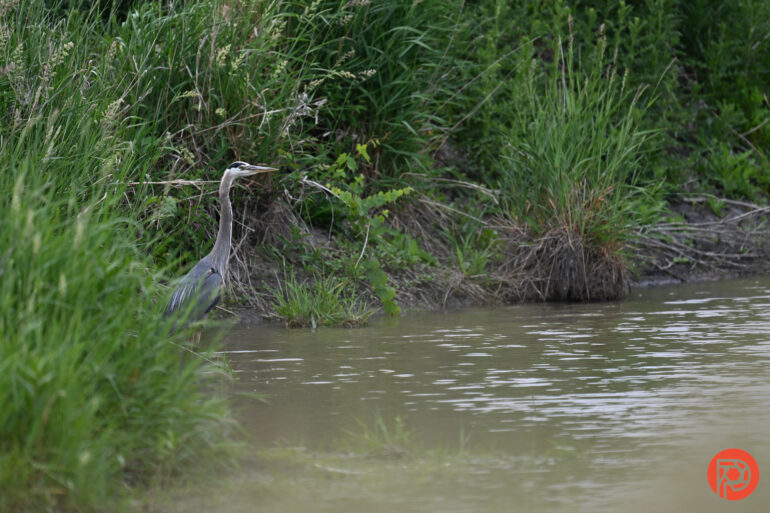


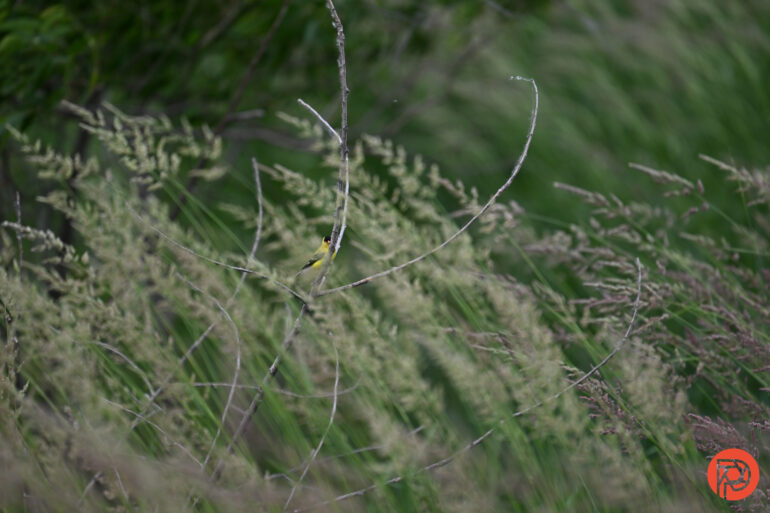


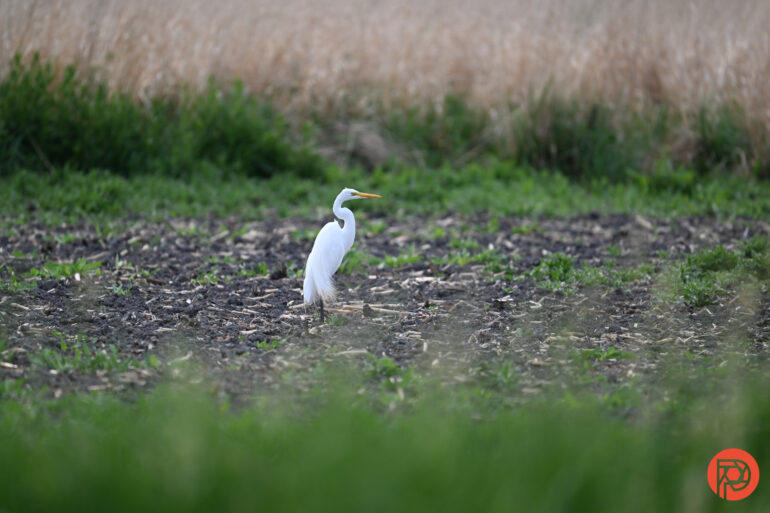
Edited





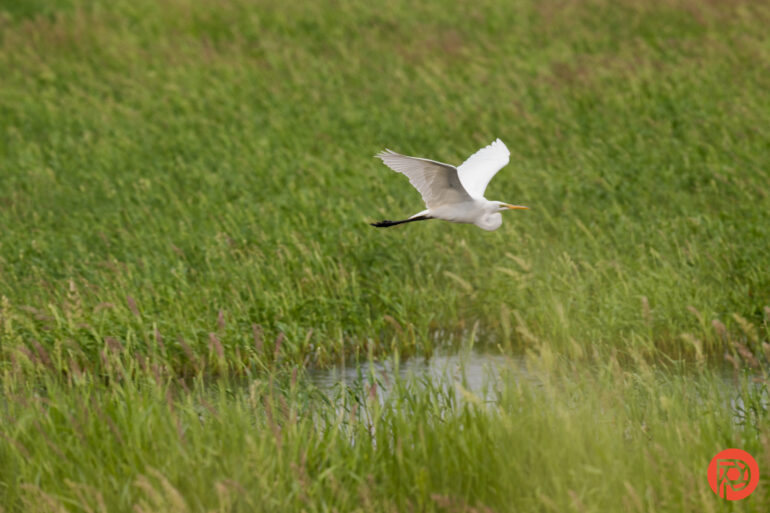
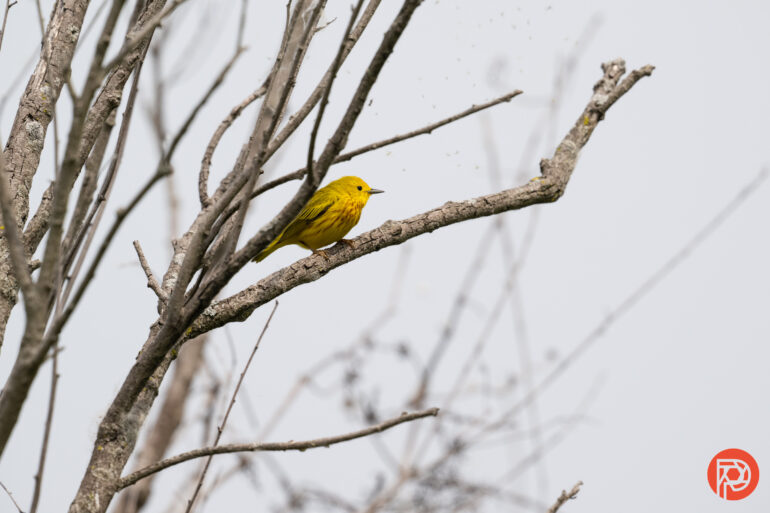
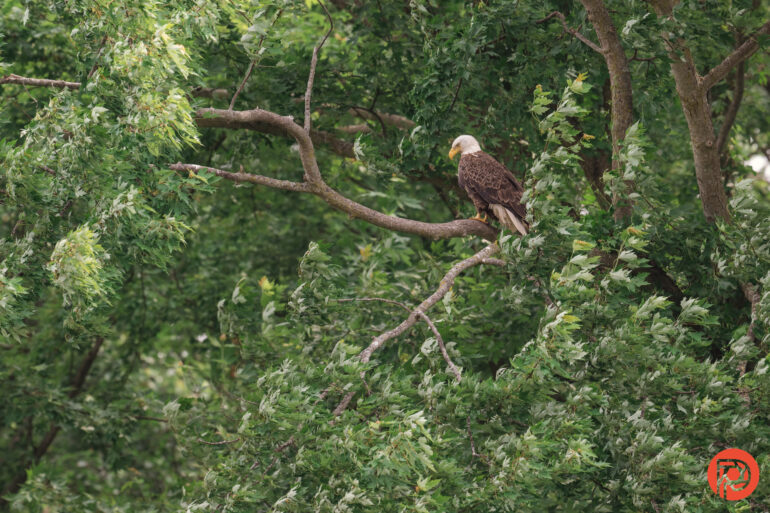
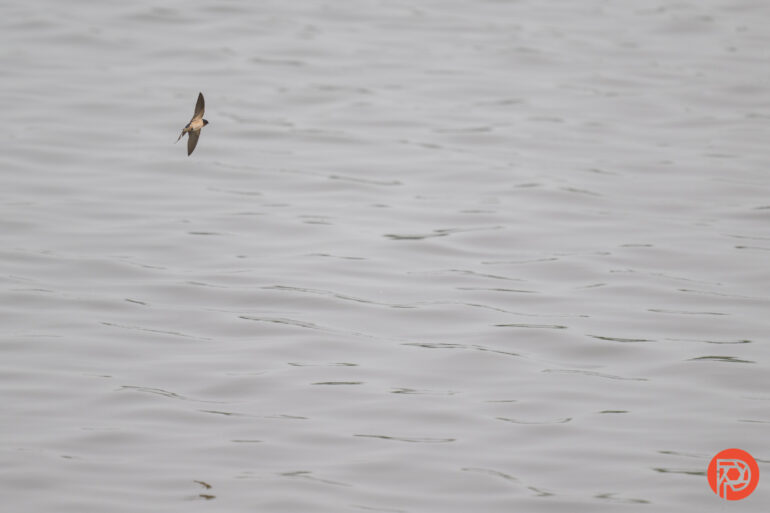
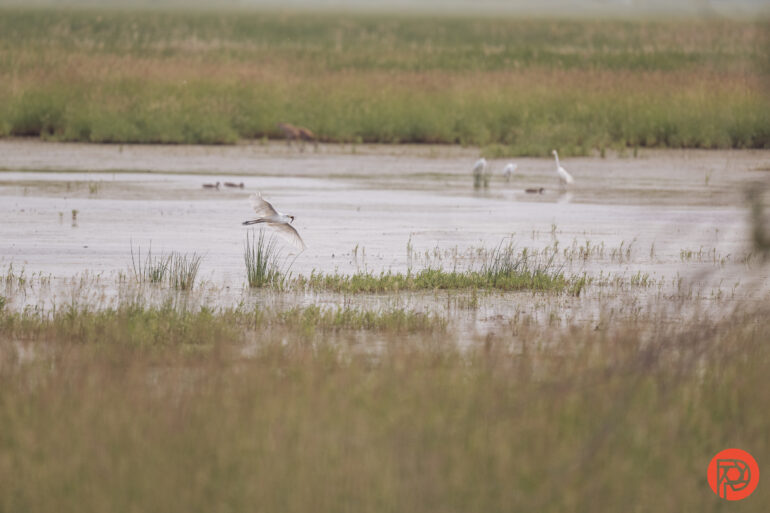

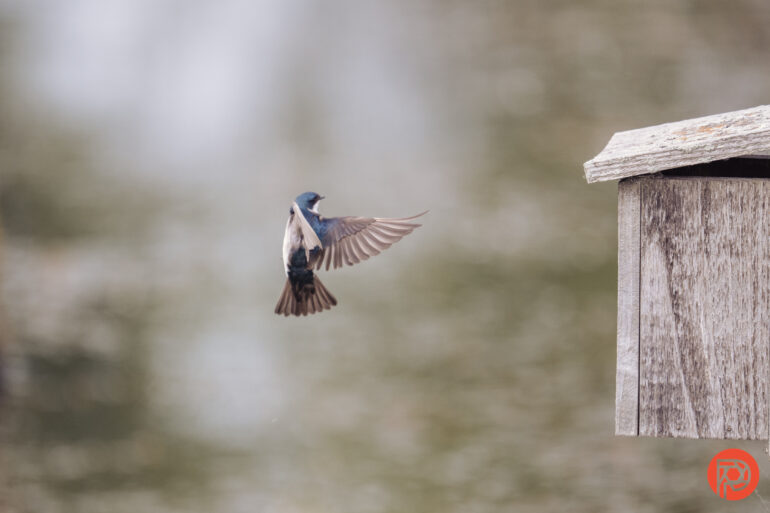


Who Should Buy It?
Few photographers can fork over the $14 for this lens — though renting one for memorable shoots is definitely more doable. Photographers that do make the investment will be rewarded with a versatile lens that doesn’t sacrifice image quality the way that some zooms do. The lens is capable of snapping some sharp details and great color. Plus, it won’t be ruined if it starts sprinkling or the wind blows in some dust. It’s an excellent choice for wildlife and sports photographers already using cameras like the Nikon Z9.
Photographers who are in the market for both a camera body and super telephoto, however, may also want to consider the Canon R3 and the RF 400mm f2.8. It lacks the versatility of the built-in teleconverter, but it also has a stellar autofocus hit rate.
I’m giving the Nikon Z 400mm f2.8 TC VR S four out of five stars. Want one? They’re around $14,000.
Tech Specs
LensRentals lists the following specifications for the Nikon 400mm f2.8 TC VR S:
- Angle of View: 6° 10’ to 4° 30’
- Aperture Blades: 9, Rounded
- Autofocus: Autofocus
- Brand: Nikon
- Compatibility: Full Frame
- Filter Size: 46.0mm
- Filter Type: Drop-in
- Fluorite Elements: 2
- Focal Length: 400.0-400.0
- Groups/Elements : 9/25
- Hood Included: Yes
- Image Stabilization: Yes
- Item Type: Lens
- Lens Type: Supertelephoto
- Max Aperture: 2.8
- Maximum Magnification: 0.23x
- Mfr. Model Number: 20111
- Minimum Aperture: 22.0
- Minimum Focusing Distance: 8.2feet
- Mount: Nikon Z
- Physical: Dimensions (ø x L): 6.1 × 15″
Weight: 6.5 lbs. - Short-Wavelength Refractive Elements: 1
- Super Extra-Low Dispersion Elements: 1
- Tripod Collar: Fixed and Rotating
The Phoblographer may receive affiliate compensation for products purchased using links in this blog posted.


